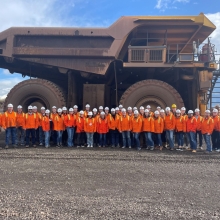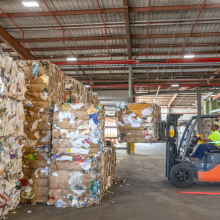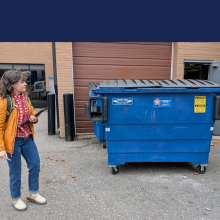Building on Minnesota’s economic strengths this decade
The critical role of business retention in growing the state's economy
Economic strategy starts with building on core strengths and driving resources toward efforts that help existing businesses change and grow.
This has been Grow Minnesota!’s model for over 18 years, and it will continue to be critical as Minnesota seeks to recover and advance its economy this decade.
As the Minnesota Chamber Foundation shows in its recently released Minnesota: 2030 report, the state’s economy is poised to face an array of changes over the next decade, bringing both challenges and opportunities.
Here are some findings from the Minnesota: 2030 outlook, and ideas for how business retention strategies can play a role in helping the state’s economy capture emerging opportunities.
Aging demographics, technology and industry shifts and growth in diverse populations will drive changes in Minnesota’s economy this decade.
- Aging demographics will continue to constrain growth in the labor market and lead to continued hiring challenges. Minnesota’s core working age population will grow by only 0.1% annually over the next decade. Flat labor force growth will limit the state’s capacity for economic expansion.
Grow Minnesota! visit results showed that nearly 50% of business still reported difficulty finding workers even during the depth of the recession in Q2 2020. This is not likely to change without strategic interventions to retain and attract workers, and to ensure no one is left on the economic sidelines.
- New technologies will shift how businesses operate, what they produce, and the skills they need in the workforce.
McKinsey estimates that by 2030, advanced technological skills will increase by 50% in the U.S., with IT and programming skills increasing by 90% and basic digital skills growing by 69% between 2016 and 2030 (Skill Shift: Automation and the Future of the Workforce, 2018).
COVID-19 accelerated many of the technology changes that were already underway prior to the pandemic. National research from the Connected Commerce Council shows that digitally advanced businesses are hiring at twice the rate of their less advanced peers, and that digital adoption cut revenue losses in half over the last year. Grow Minnesota! data shows that 60% of businesses are expecting to add new technologies in the next year, up from 50% who said the same thing in 2019.
- Minnesota’s population will continue to become more diverse. As data from the state demographer shows, nearly all of Minnesota’s future growth will come from populations of color. This only raises the stakes of Minnesota’s imperative to address racial disparities and build a truly inclusive economy.
Share of Minnesota's total population
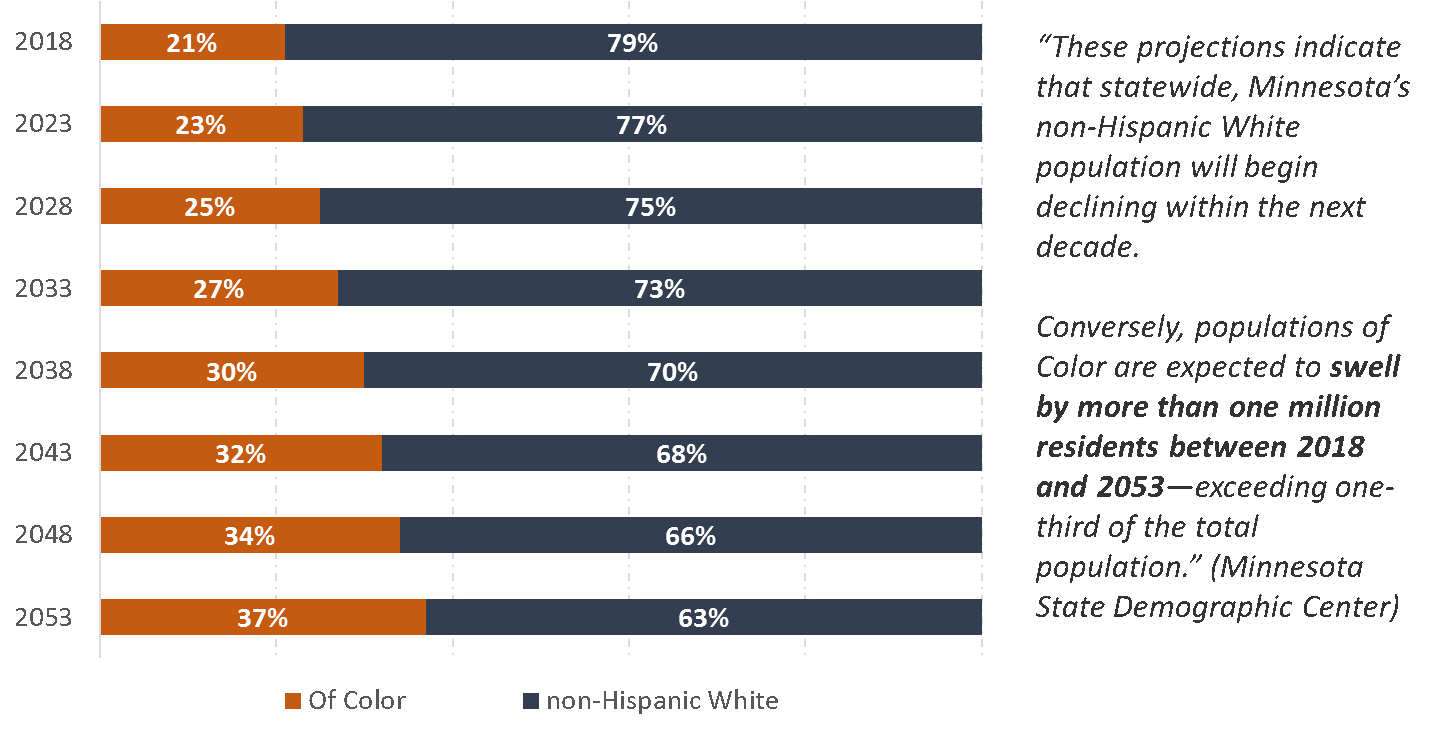
- Global megatrends will create both challenges and opportunities related to resource constraints, water availability, sustainability, and growing global demand for food and health care. By 2030, the global population will increase by roughly a billion people, with Asia and Africa making up a larger share of the global economy.
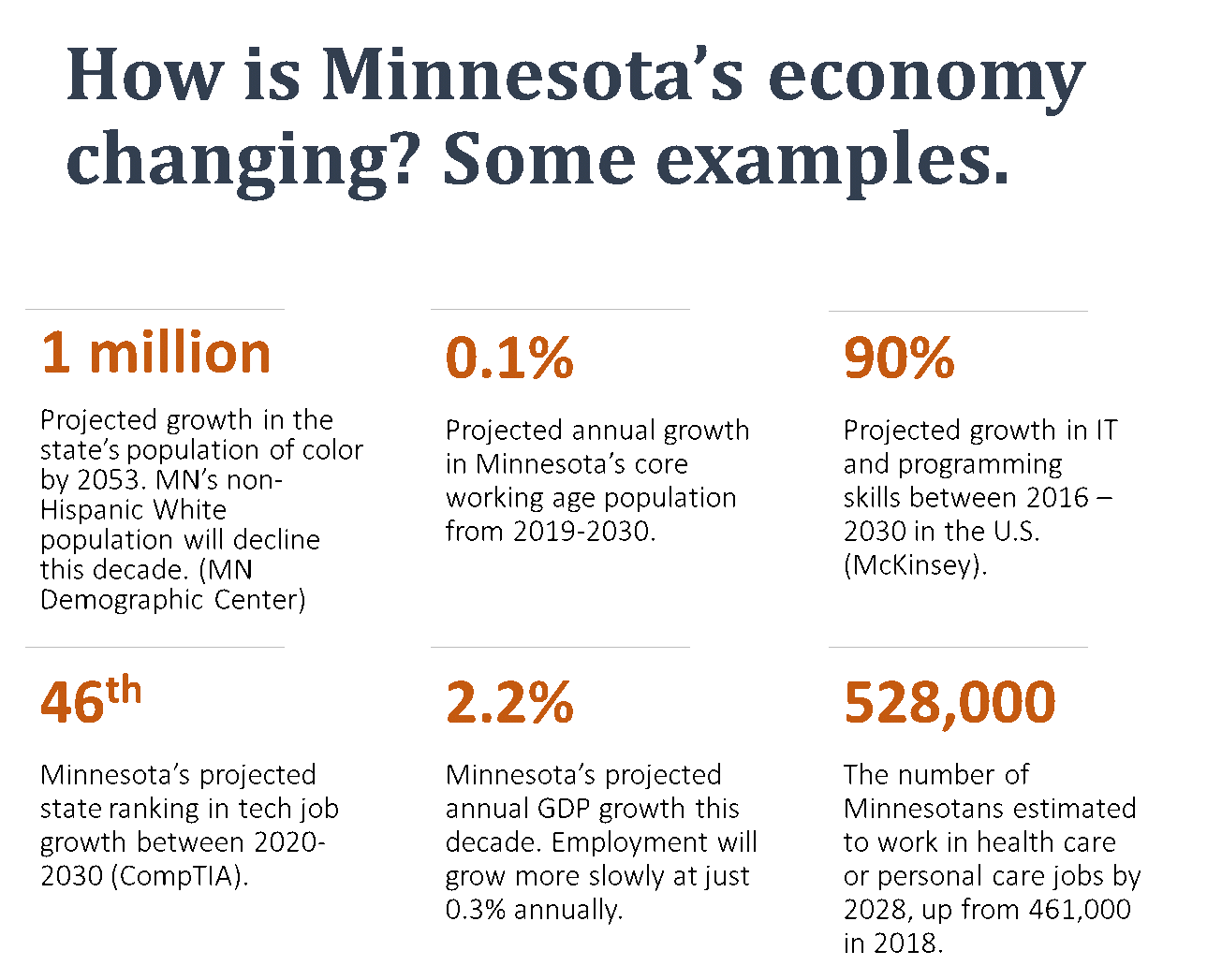
Minnesota can capitalize on emerging opportunities through targeted business retention strategies.
Minnesota must build on its core strengths to adapt to changes in its economy this decade.
This will require a broad range of responses from policymakers, business leaders, chambers, economic developers and more. Business retention programs like Grow Minnesota! offer one of the best mechanisms to collect insights and drive action. Why?
- Minnesota is largely a homegrown economy. Business retention efforts are needed to sustain this into the future. The state’s economic growth model has long been to foster innovative startups that stay and grow in the state over the long run. There is mixed news for Minnesota on this front.
Minnesota entrepreneurship rates lag the nation, but recent indicators suggest a more promising outlook. Venture capital and start-up initiatives are on the rise, with efforts taking place across the state to foster startup growth.
Minnesota businesses raised more venture capital from 2015-2020 than it did in the whole preceding decade, setting an all-time high in 2019 with $908 million raised.
- Simply launching more companies is not enough. Minnesota must retain growth investments from existing leaders and rising stars in order to remain a hub for headquartered companies.
Business retention programs aid in this effort by providing direct outreach to business leaders to learn what they need to keep their operations growing in the state.
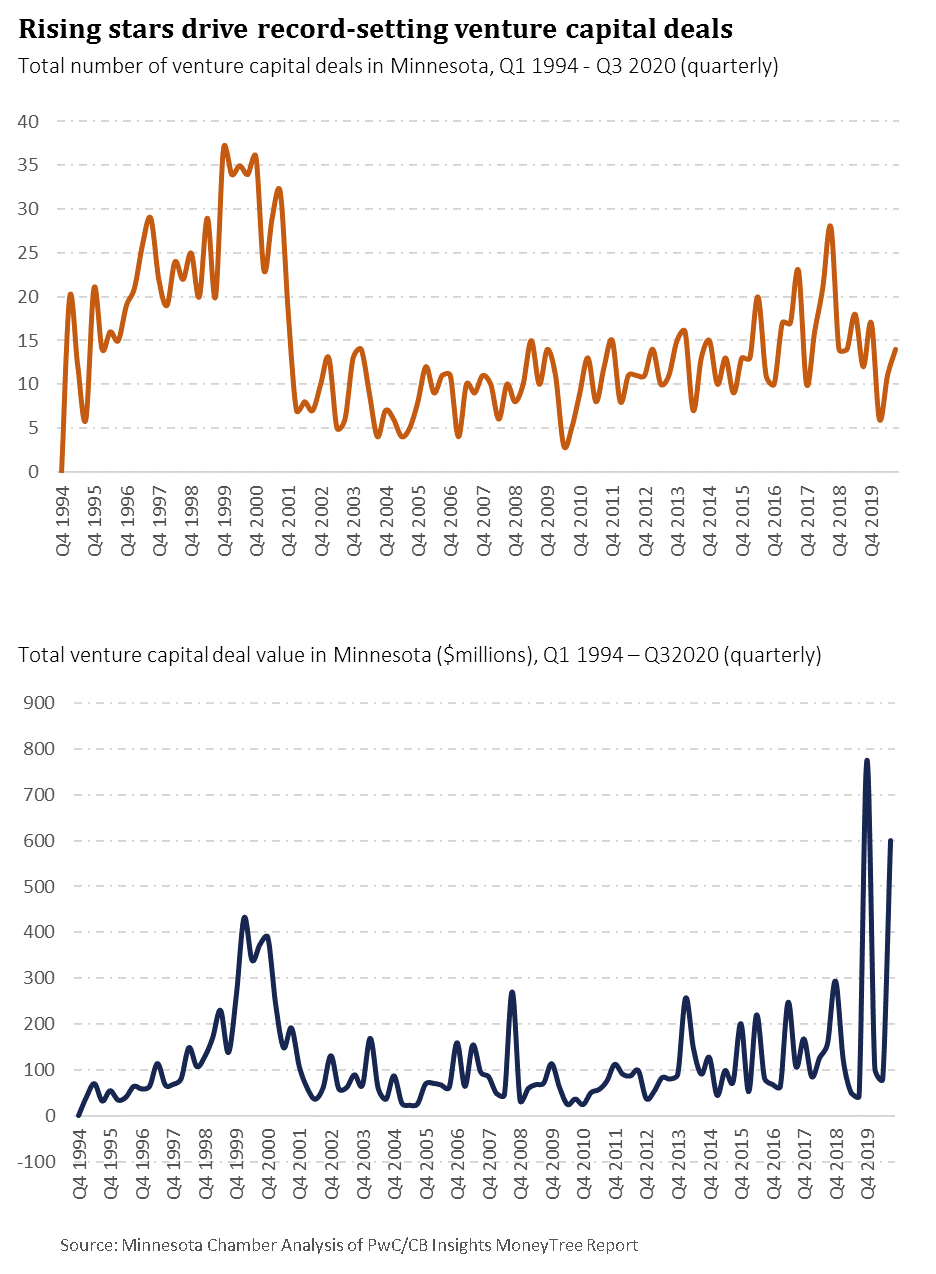
- Retention efforts are critical during transition periods in the business life cycle. It is relatively uncommon for established companies to pick up and leave the state altogether. However, state economies can lose business investment and local ownership in other ways, such as mergers & acquisitions, business succession/retirements, and relocation of headquartered operations at the time of early stage exits. These are particularly important windows of opportunity to engage businesses and leverage tools to retain their investment.
- Business retention programs can address information gaps, gaining insights about future business decisions and helping businesses identify and connect to existing resources. Too often, community stakeholders learn about important business decisions retroactively, leaving the host community/state without influence on where and how a business invests in growth or reduces operations. Conversely, business leaders are often unaware of the resources and tools that exist to support their company’s growth. Business retention programs address both ends of this dilemma and can empower proactive solutions to businesses’ needs and challenges.
- Minnesota is positioned to lead in emerging tech and innovation fields, but strengths need to be better connected and activated. Minnesota has competitive advantages in areas such as the Internet-of-Things (IoT), FinTech, digital health, food & ag tech, sustainable building products and technologies, smart retail and supply chain tech, water technology, and EdTech, to name a few.
However, these still remain somewhat hidden strengths in Minnesota’s economy. Additionally, concerns about talent availability, business climate headwinds, and other barriers may be holding back growth. Business retention strategies can collect on-the-ground insights from businesses in these fields to better understand locational advantages and barriers that must be addressed to accelerate growth in their industry.
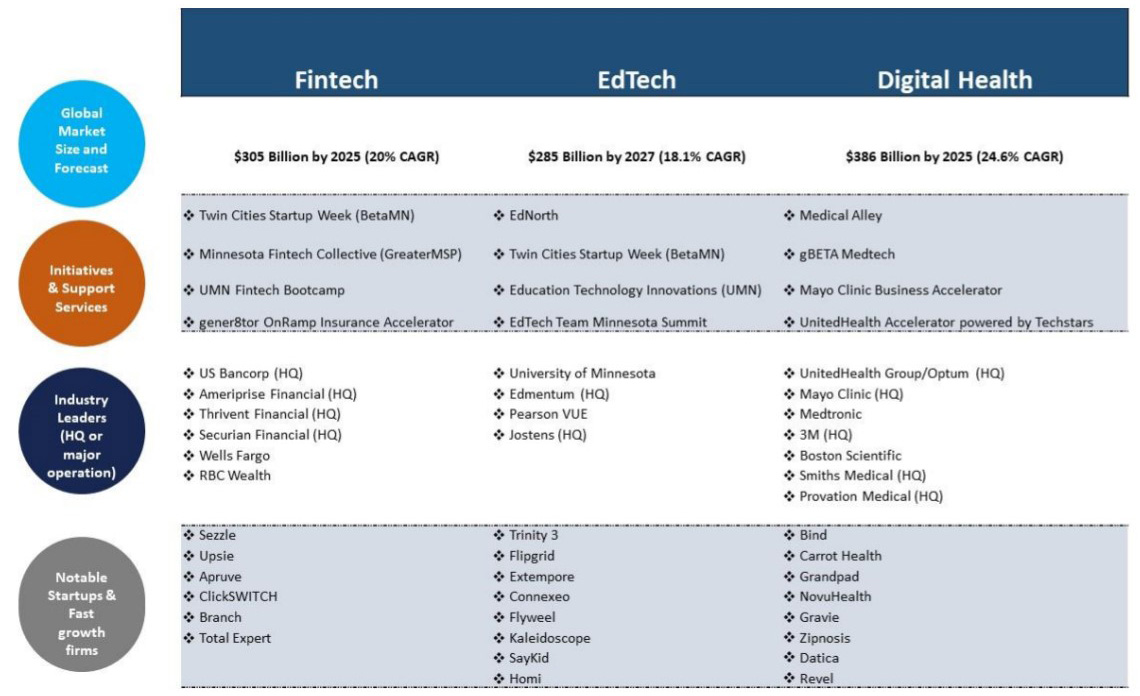
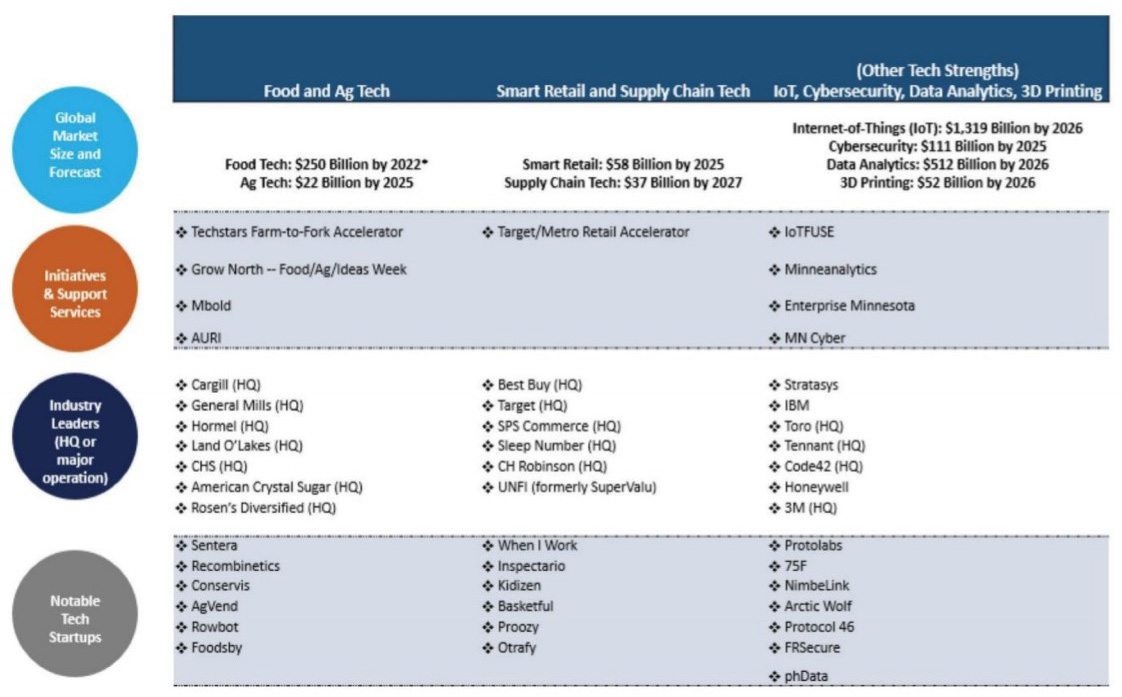
Such strategies will continue to be important as the state navigates complex changes and hurdles to recovery and long-term growth. Grow Minnesota! can play a role by collecting on-the-ground data and highlighting actions to retain/grow existing businesses. Doing so in partnership with local chambers, economic development entities, and other stakeholders can bring collective resources to bear on Minnesota’s biggest economic opportunities and challenges this decade.
How can Grow Minnesota! help your business?
The Chamber's Grow Minnesota! staff helps businesses overcome challenges, make new connections, and grow – in any part of the state. Working with Grow Minnesota! means access to economic data and insights as the state moves toward economic recovery and access to Minnesota-based suppliers on any number of products and services that could help your company grow.
Are you interested in Grow Minnesota!'s business assistance? Click below to schedule a visit.

